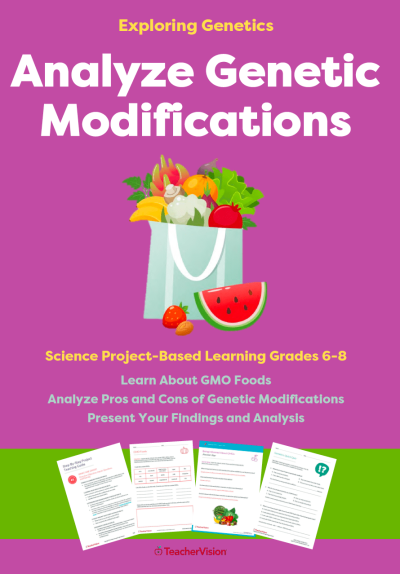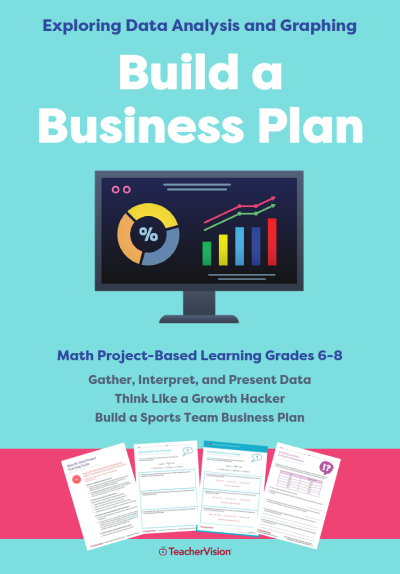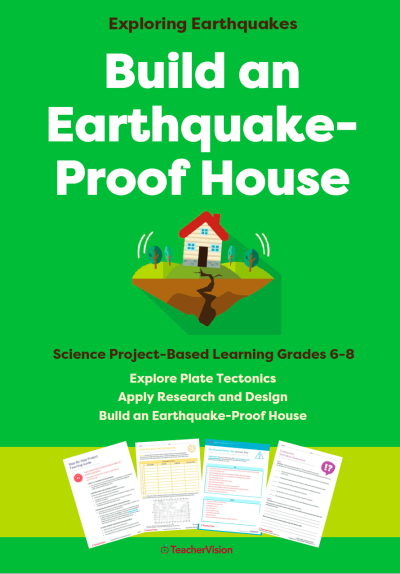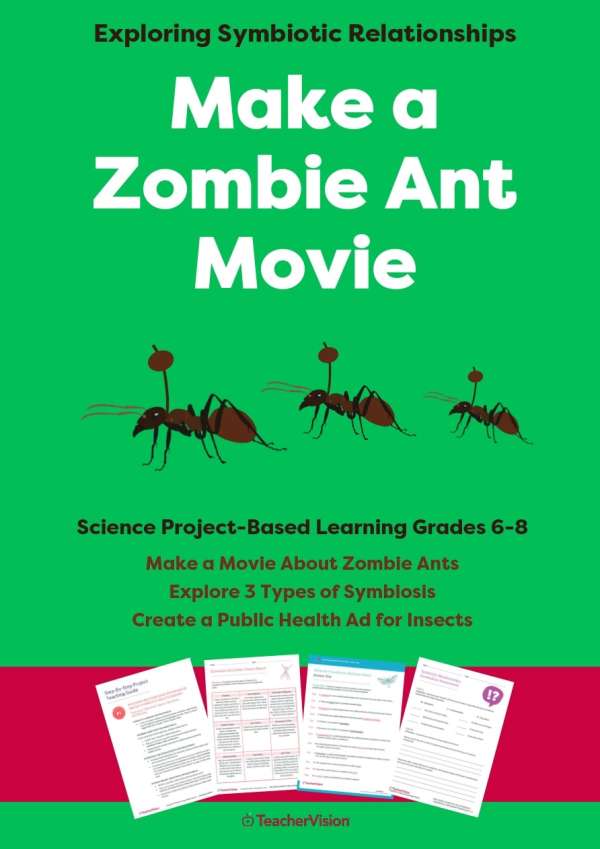
Included with a Premium Membership
Subscribe for instant access to this and every resource on TeacherVision.
A Comprehensive NGSS-Aligned Lesson on Symbiotic Relationships
Research and explore the 3 types of symbiotic relationships, dive into the biotic and abiotic factors in symbiosis, compare and contrast parastic activity in humans and other organisms, and make a stop-motion movie about "zombie ants" in this life science PBL unit.
Your students will learn all about symbiosis in this complete project-based learning unit on symbiotic relationships for middle school life science. They'll research mutualism, commensalism, and parasitism, learn hands-on how to compare and contrast different types of symbiotic relationships, create a "public health advertisement" warning insects against parasitic organisms, and make a stop-motion movie about "zombie ants" that demonstrates their understanding of symbiosis.
What's Inside
Packed with hands-on inquiry-based activities, extensions and enhancements, cross-curricular independent and group work, and engaging and interactive challenges, this 55-page project-based unit comes complete with:
- For the Teacher: A complete symbiotic relationships Lesson Plan with step-by-step instructions for all activities, teaching tips, assessment guidance, and inquiry questions.
- For Students: A full-color Student Pack complete with all of the printables and instructions students need for the research, experiments and activities - just print (or share) and teach!
A complete, ready-to-teach Teacher Pack that includes:
- Teacher versions of all the student printables with step-by-step annotations and notes for teaching symbiotic relationships;
- Formative and summative assessments, answer keys, and a full project rubric;
- Instructions and guidance for the extension activities and project enhancements;
- Materials and resources lists, links to articles and videos, plus additional resources for lecture and presentation.
What's Included
Lesson Plan - Step-by-Step Project Guide
- Milestone 1: Building Background Knowledge About Symbiotic Relationships
- Milestone 2: Biotic and Abiotic Factors of the Rainforest
- Milestone 3: Three Types of Symbiotic Relationships
- Milestone 4: Human Parasites
- Milestone 5: Show What You Know About Symbiotic Relationships
Teacher and Student Resources
- List of Books About Symbiotic Relationships
- Scientific American Zombie Ants Article Answer Key
- Live Science Zombie Ants Article Answer Key
- Biotic and Abiotic Factors of a Rain Forest Answer Key
- Email Template
- What Are Symbiotic Relationships? Answer Key
- Important Definitions Answer Key
- Symbiotic Relationships Quick Quiz
- Symbiotic Relationships Quick Quiz Answer Key
- Human Parasites Video Answer Key
- Symbiotic Relationships Summative Assessment
- Symbiotic Relationships Summative Assessment Answer Key
- Symbiotic Relationships Project Rubric
- Extension Activities Choice Board
- Scientific American Zombie Ants Article
- Symbiotic Relationships Project Guidelines
- Project Notes
- Story Map
- Milestone #1 Inquiry Question
- Public Health Brochure Planning
- Live Science Zombie Ants Article
- Biotic and Abiotic Factors of a Rain Forest
- Milestone #2 Inquiry Question
- What Are Symbiotic Relationships?
- Important Definitions
- Stop Motion Studio Guidelines
- Milestone #3 Inquiry Question
- Advertisement Planning
- Human Parasites Video
- Milestone #4 Inquiry Question
- Movie Marathon
- Zombie Snails, Bees, and Mice Summary
- Milestone #5 Inquiry Question
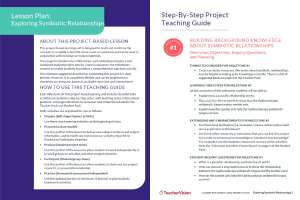
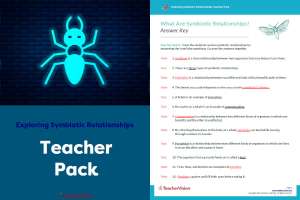
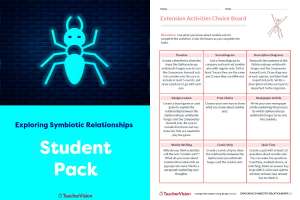
OVERVIEW:
This project-based learning lesson is designed to support and reinforce the concepts taught as part of a lesson on Symbiotic Relationships. It is built around 5 inquiry-based milestones that incorporate cross-curricular hands-on projects, formative and summative assessments, independent and group activities, and extensions.
STUDENT/GROUP OUTPUT:
In the course of this project-based learning unit, students will:
- Research and document the unique characteristics of the Ophiocordyceps unilateralis fungus that creates "zombie ants" as background knowledge for the rest of the project;
- Research and document the biotic and abiotic factors of a rainforest habitat to further understanding of symbiosis;
- Synthesize knowledge by creating a "public health advertisement" for ants warning them against Ophiocordyceps unilateralis;
- Learn about the 3 types of symbiotic relationships and explain how they work in the human body;
- "Show what they know" by making a stop-motion movie about "zombie ants" that demonstrates synthesized knowledge of symbiotic relationships.
SUGGESTED SUBJECT PREREQUISITES:
Students will acquire necessary background knowledge of symbiotic relationships as part of this project, and instructional materials for providing that background are included in the Teacher Pack.
SEQUENCE AND PACING
This project-based unit is divided into 5 milestones. The minimum suggested duration for completing this project-based unit is 5 class periods. However, the unit is completely flexible can be lengthened or shortened as necessary or desired, based on available class time and interest level.
TECHNOLOGY RESOURCES (suggested):
- Internet access
- Stop Motion Studio app
STANDARDS ALIGNMENT
These activities support the following NGSS curriculum standards:
- MS-LS2.A: Interdependent Relationships in Ecosystems
- MS-LS2.B Ecosystem Dynamics, Functioning, and Resilience
- MS-LS4.B Natural Selection
- MS-LS4.C Adaptation



